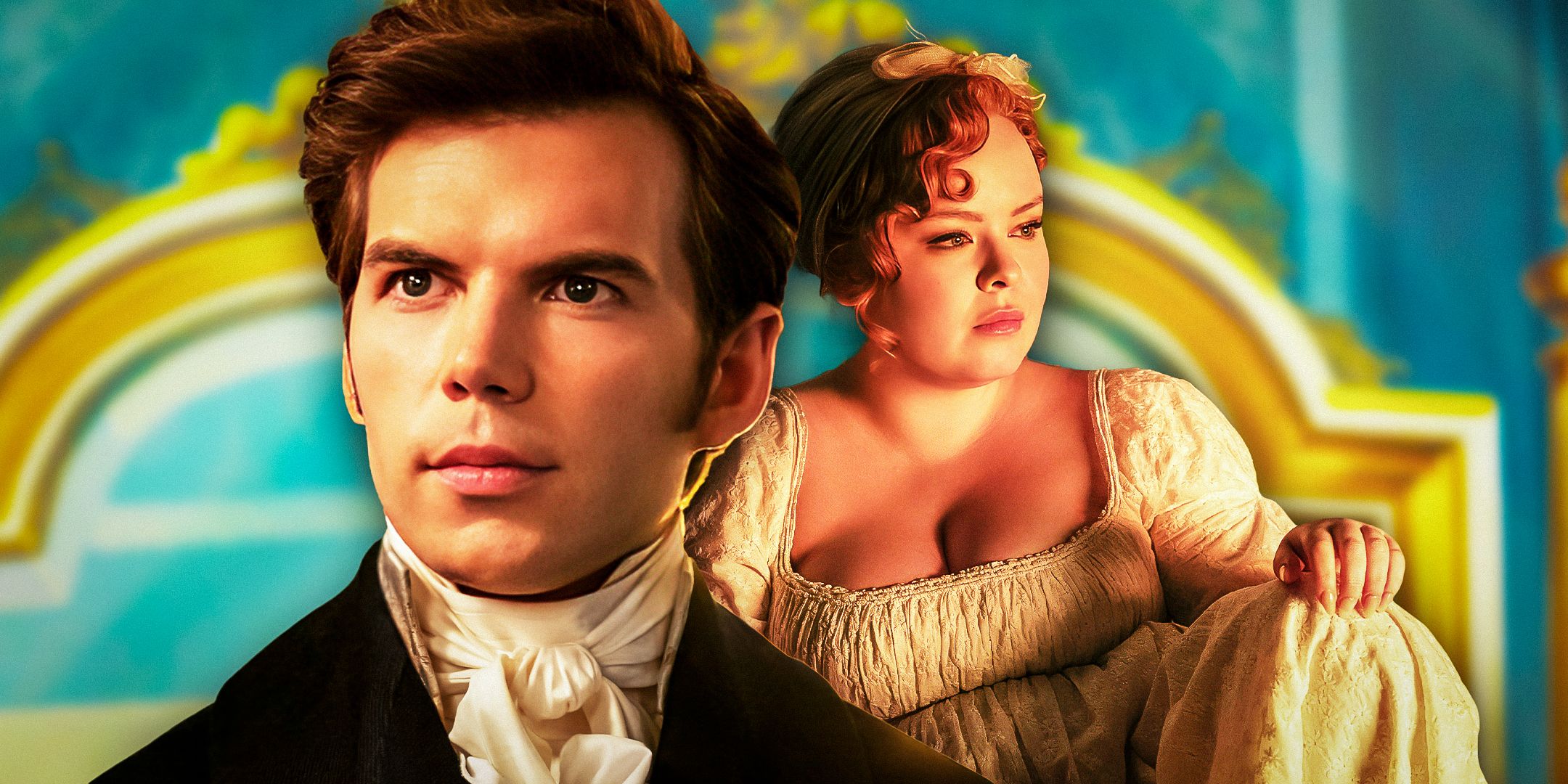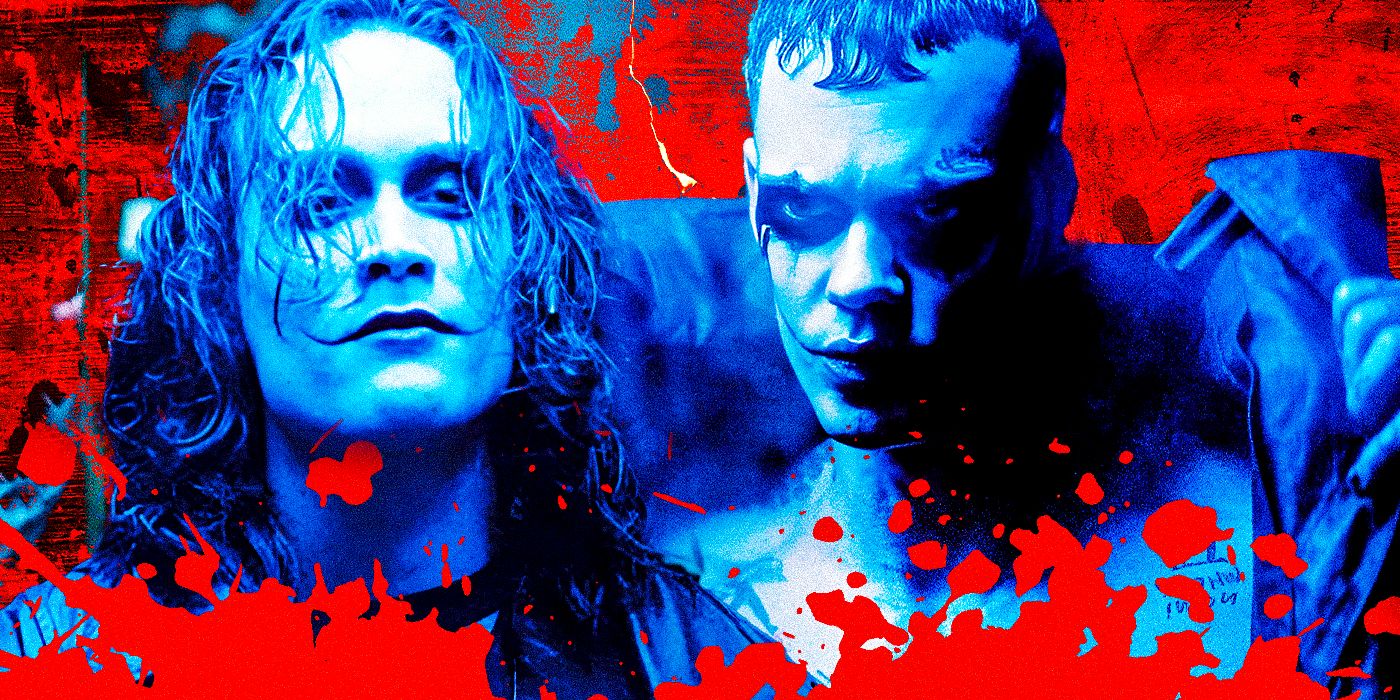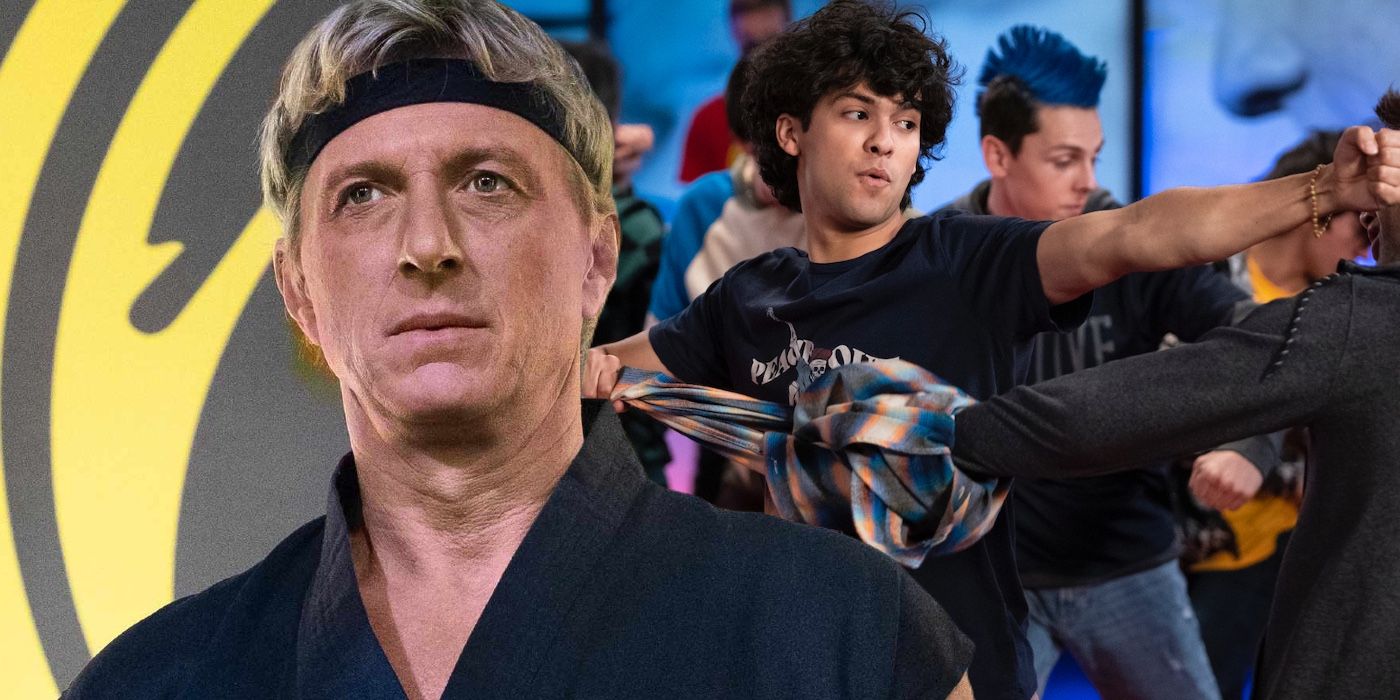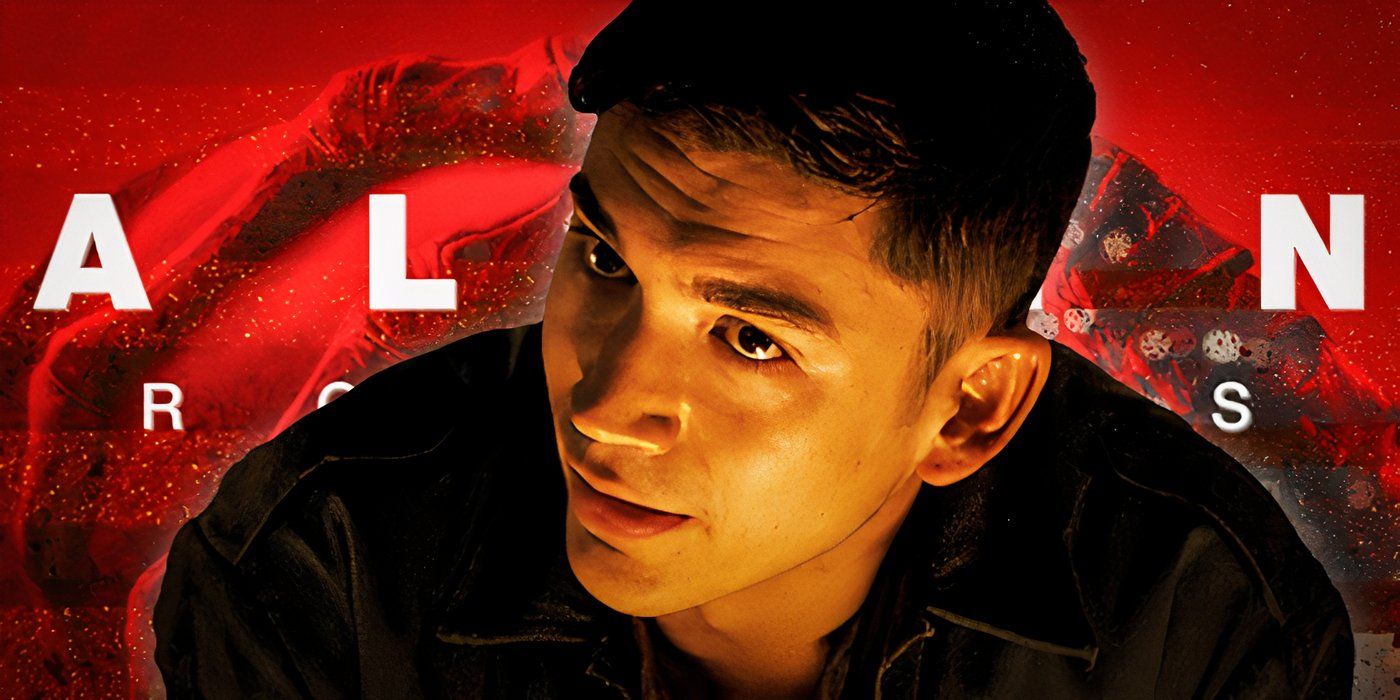Dome Karukoski’s Tolkien movie is absolutely packed with references to The Hobbit and The Lord of the Rings. The director had hoped to step away from biopics after Tom of Finland, but he was drawn to Tolkien in spite of himself. He’d grown up loving Tolkien’s books, a fan of Middle-earth long before the Peter Jackson films, and he found the script for Tolkien to be irresistible.
Tolkien has to tread a careful balance. Naturally, viewers are highly invested in Middle-earth, and want to understand the events that planted the seeds for the fictional world. At the same time, though, J.R.R. Tolkien was a complex man who can’t simply be reduced to his profession as a writer. Tolkien finds its balance by focusing in upon the prolific author’s childhood, teenage years, and experiences in the First World War; these were the events that largely defined him, including the tragic deaths of his childhood friends and his beautiful romance with Edith Bratt.
The shadow of Middle-earth looms over Tolkien, but it is indistinct and ill-defined; as Karukoski explained in an interview, “he’s a young man sketching that world; he’s building lines.” For all that’s the case, though, Tolkien is brim-full of subtle references to The Hobbit and The Lord of the Rings. Here are all the most important ones.
Climbing in the Trees
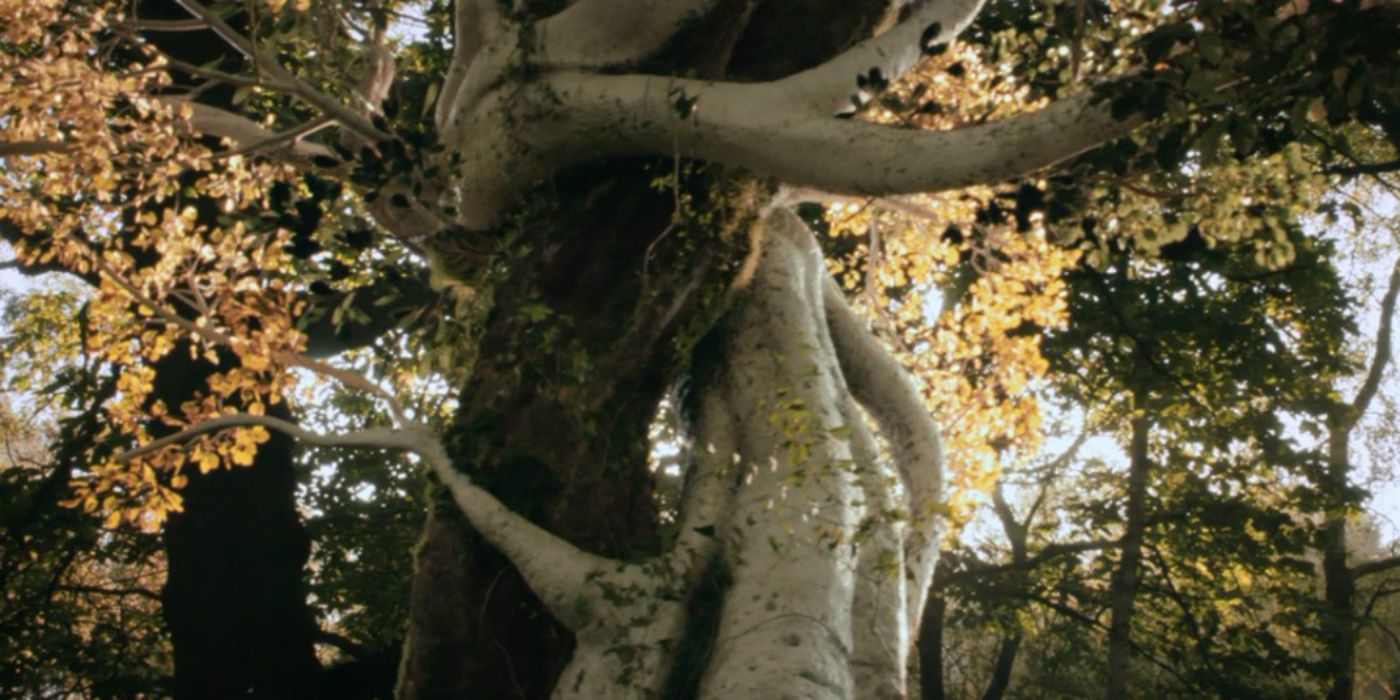
The young J.R.R. Tolkien is shown climbing through the trees, listening to the sound of the wind whipping through their branches. “It’s not yet Ents,” Karukoski noted, “but the trees talk, they have their own sound.“
Birmingham Inspires Mordor
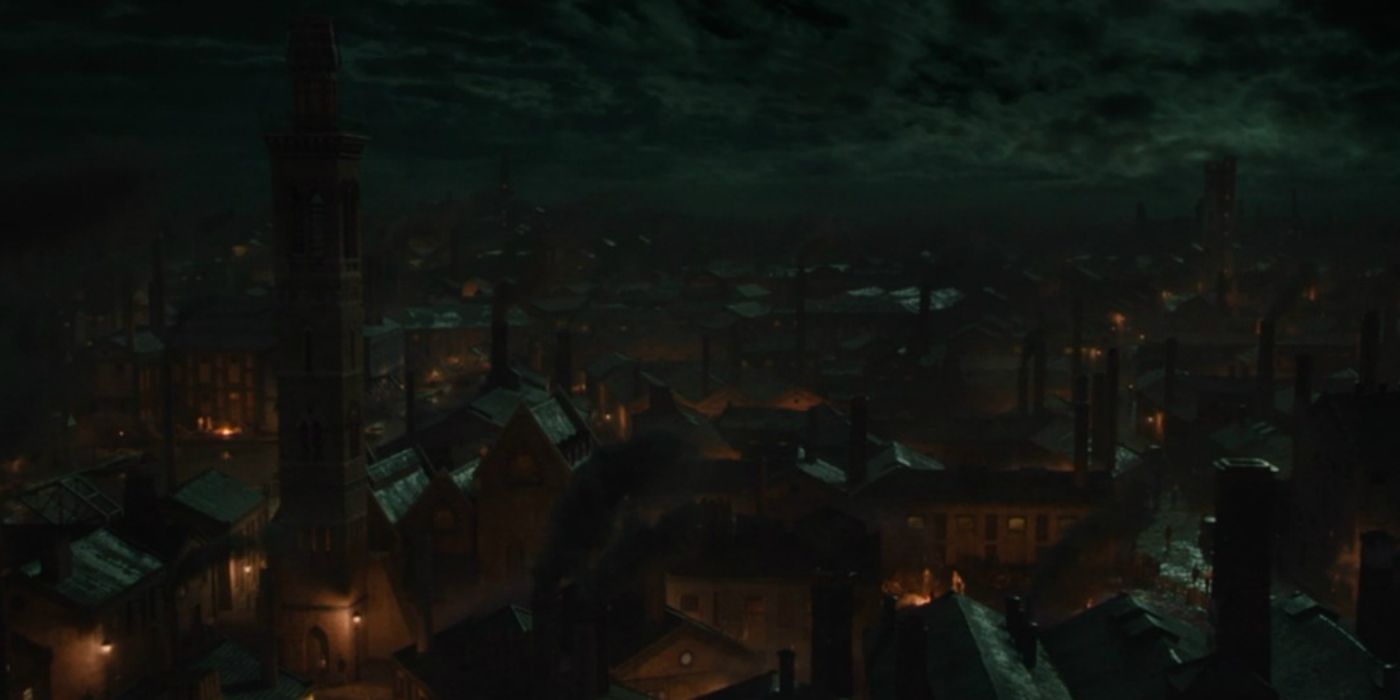
Orphaned at a young age, J.R.R. Tolkien is shown traveling to Birmingham. Tolkien gives a stunning panoramic shot of the industrial city, and it’s clearly intended to be reminiscent of Mordor. Although Birmingham wasn’t quite so bleak as the film paints it, the truth is that to the young J.R.R. Tolkien the city would indeed have been a vision of Hell. Some scholars even believe Edgbaston Tower was the inspiration for the Dark Tower itself.
The T.C.B.S. and the Fellowship
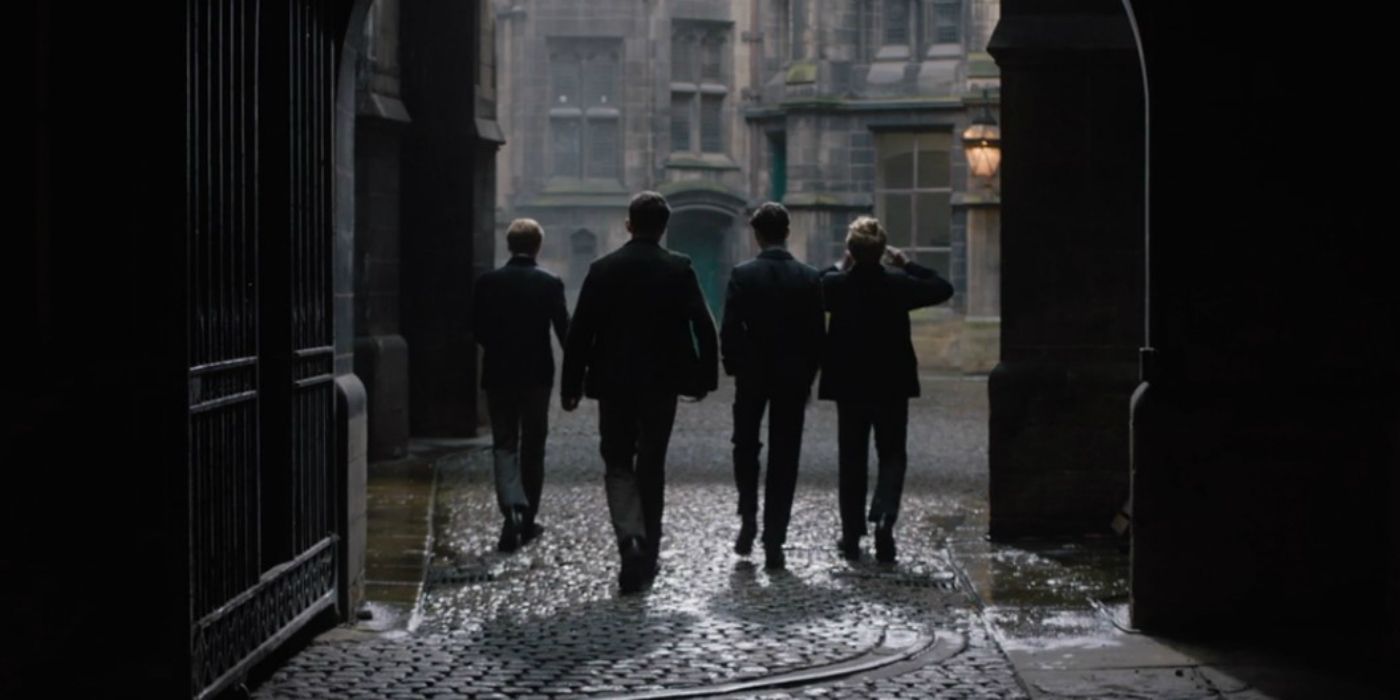
Tolkien tells the story of the T.C.B.S., or the “Tea Club, Barrovian Society,” a group Tolkien and his friends formed while they were at school together. It focuses in upon the four core members of the group; Tolkien himself, Geoffrey Bache Smith, Christopher Wiseman, and Robert Gibson. The portrayal is fairly accurate, and in reality, it’s generally believed that the T.C.B.S. did indeed inspire the Fellowship in The Lord of the Rings. Just in case viewers don’t get it, though, the film includes a scene in which the four declare themselves more than friends, and Tolkien himself calls them a “Fellowship.” It’s a little too on-the-nose, and no historical evidence suggests that particular line of dialogue was ever uttered.
Edith Bratt’s Dance
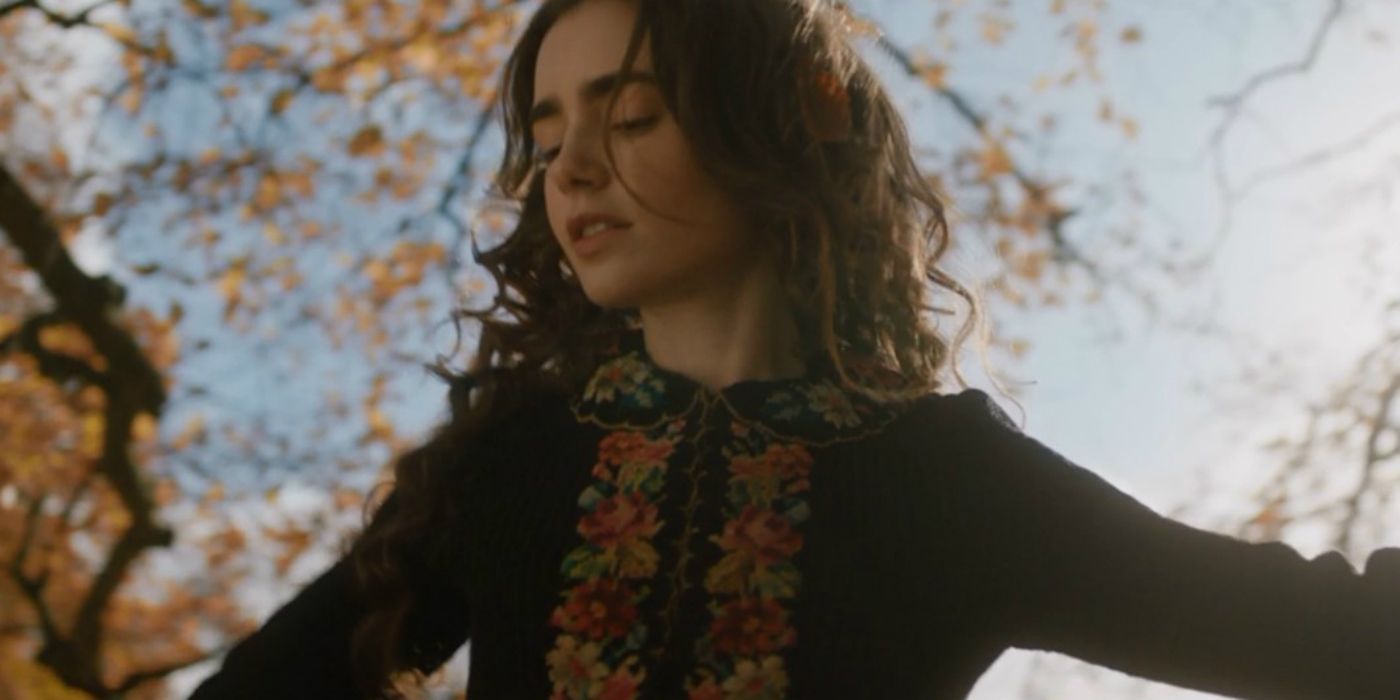
One beautiful scene shows Lily Collins’ Edith Bratt dancing for J.R.R. Tolkien, and it’s impossible to miss the inspiration for the romantic story of Belen and Luthien. This event did actually happen, although not until 1917, when Tolkien and Edith were already married and he was stationed near Hull. “In those days her hair was raven, her skin clear, her eyes brighter than you have seen them, and she could sing – and dance, ” Tolkien wrote to Christopher Wiseman in 1972. Tolkien created Luthien as the exact physical representation of his wife on that day; after she passed away, Tolkien had her gravestone inscribed with the name “Luthien.”
In one scene in Tolkien, the couple attempt to attend the opera in order to watch Wagner’s Der Ring des Nibelungen. This opera was a source of inspiration for The Lord of the Rings, and the film spins it out by showing Edith don an opera mask and appear distinctly elvish.
The Battlefield
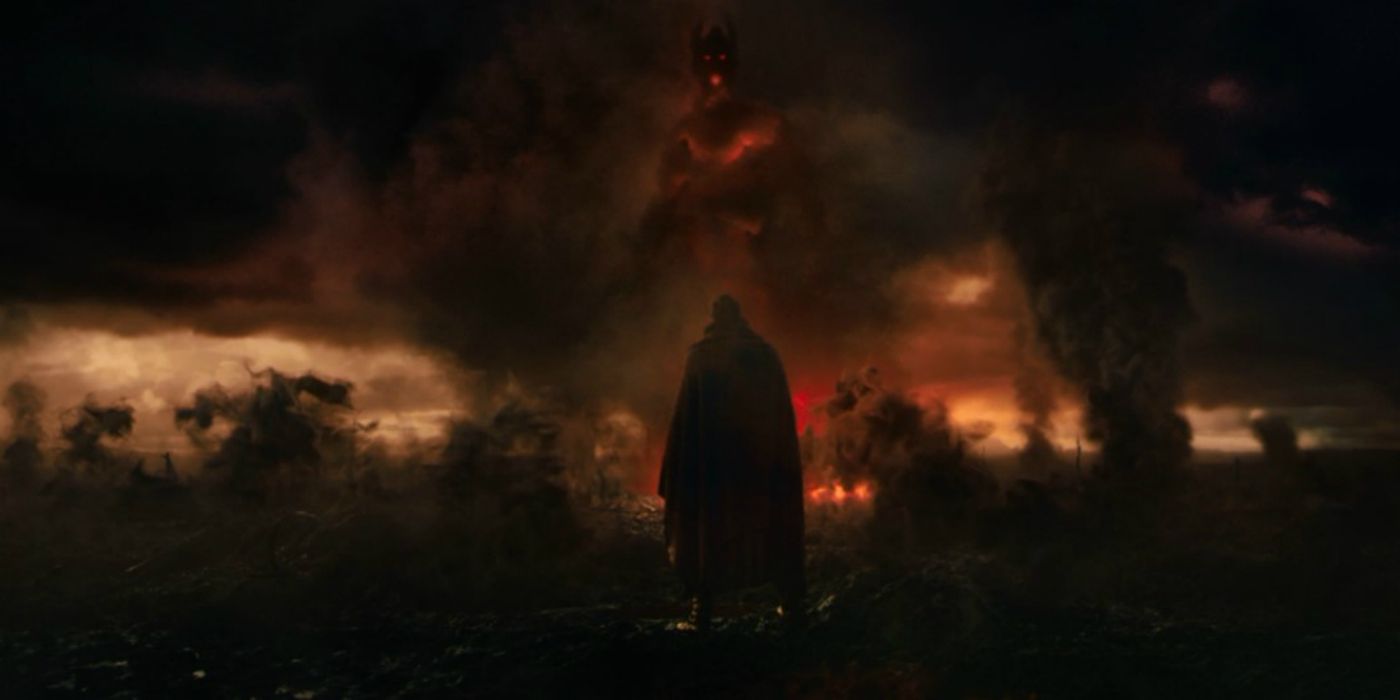
J.R.R. Tolkien always insisted that there was no one-to-one inspiration for The Hobbit and The Lord of the Rings; rather, it’s more that Tolkien absorbed the mood of the First World War into his writings, the sense of overwhelming darkness and everyday heroism. Tolkien largely honors this by blending the real-world events of the Battle of the Somme with a story in which its protagonist, desperately ill and suffering from Trench fever, sees spectral visions of dark, monstrous forces over the battlefield. Various shots of No Man’s Land clearly evoke the Dead Marshes. In one scene, a dark form takes shape overseeing the battle, reminiscent of Sauron himself.
The Ringwraiths
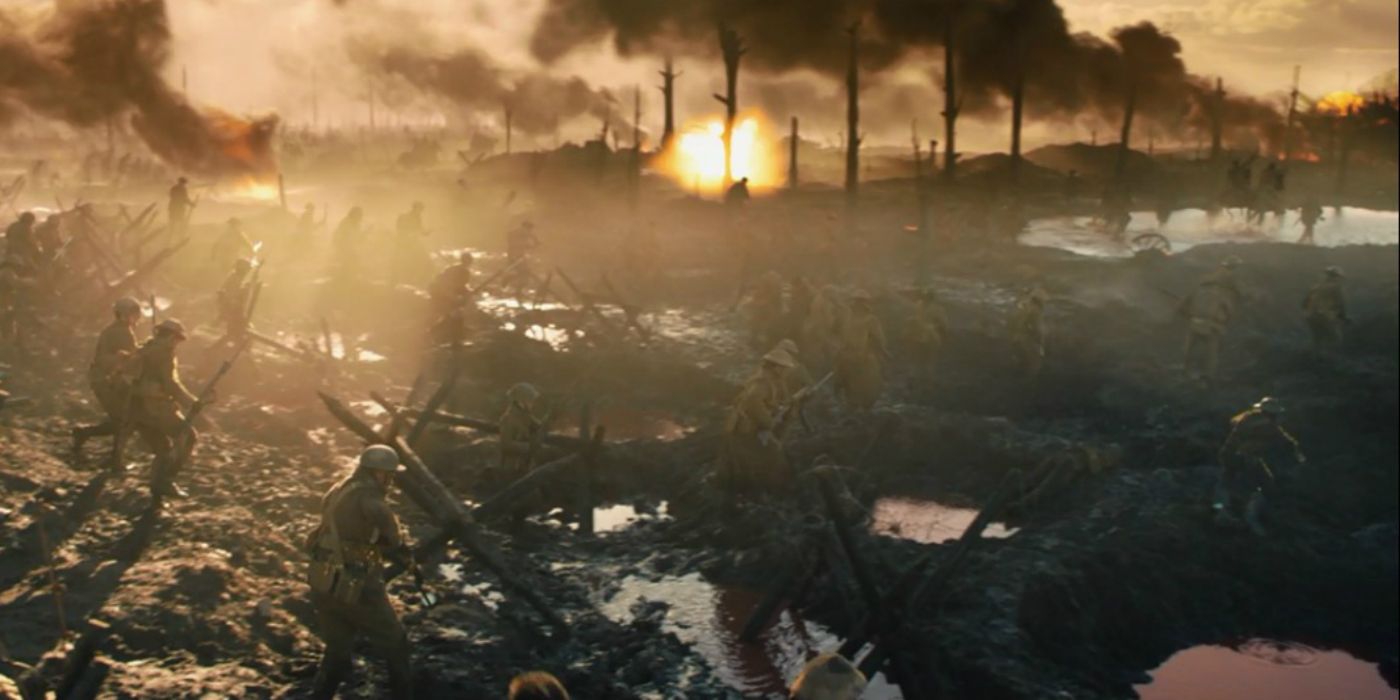
A number of scenes evoke images of the Ringwraiths, the dark spirit-like creatures who haunt Middle-earth in pursuit of the One Ring. They are shown stalking across the battlefield, shadowy cloaked forms who pierce the dead with their swords. But the most interesting reference is actually a sound. The Nazgûl’s cry was inspired by the sound of artillery bombardments, and Tolkien focuses in on a moment when shells fall around J.R.R. Tolkien, who is left reeling with horror. “Even the stout-hearted would fling themselves to the ground as the hidden menace passed over them,” Tolkien wrote of the Nazgûl, “or they would stand, letting their weapons fall from nerveless hands while into their minds a blackness came, and they thought no more of war, but only of hiding and of crawling, and of death.” The Tolkien film carefully reproduces exactly this reaction in response to the bombardment.
Two Knights Duel
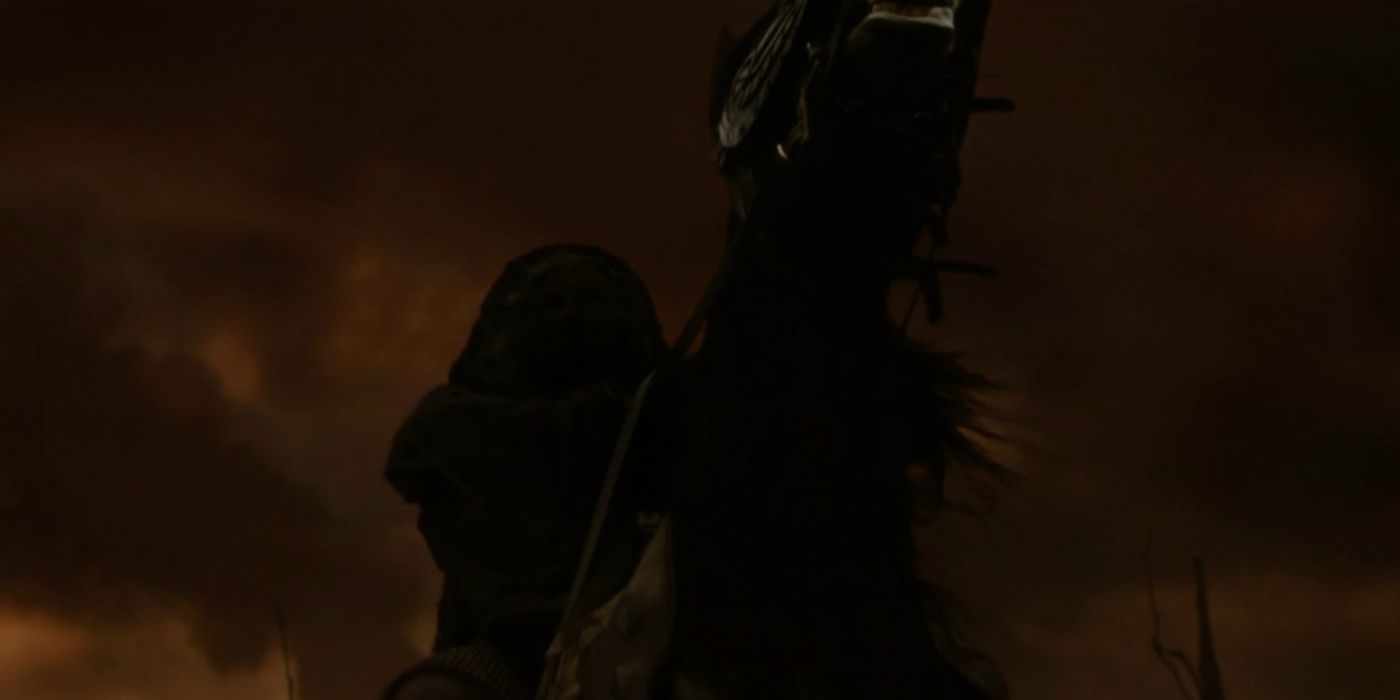
Another of Tolkien’s visions shows two knights duel, one riding a white horse and the other a black one. It’s a visceral symbol of good versus evil, conveying the grand sense of J.R.R. Tolkien’s stories even if it doesn’t have a direct parallel. The black rider again feels reminiscent of a Ringwraith.
Fafnir
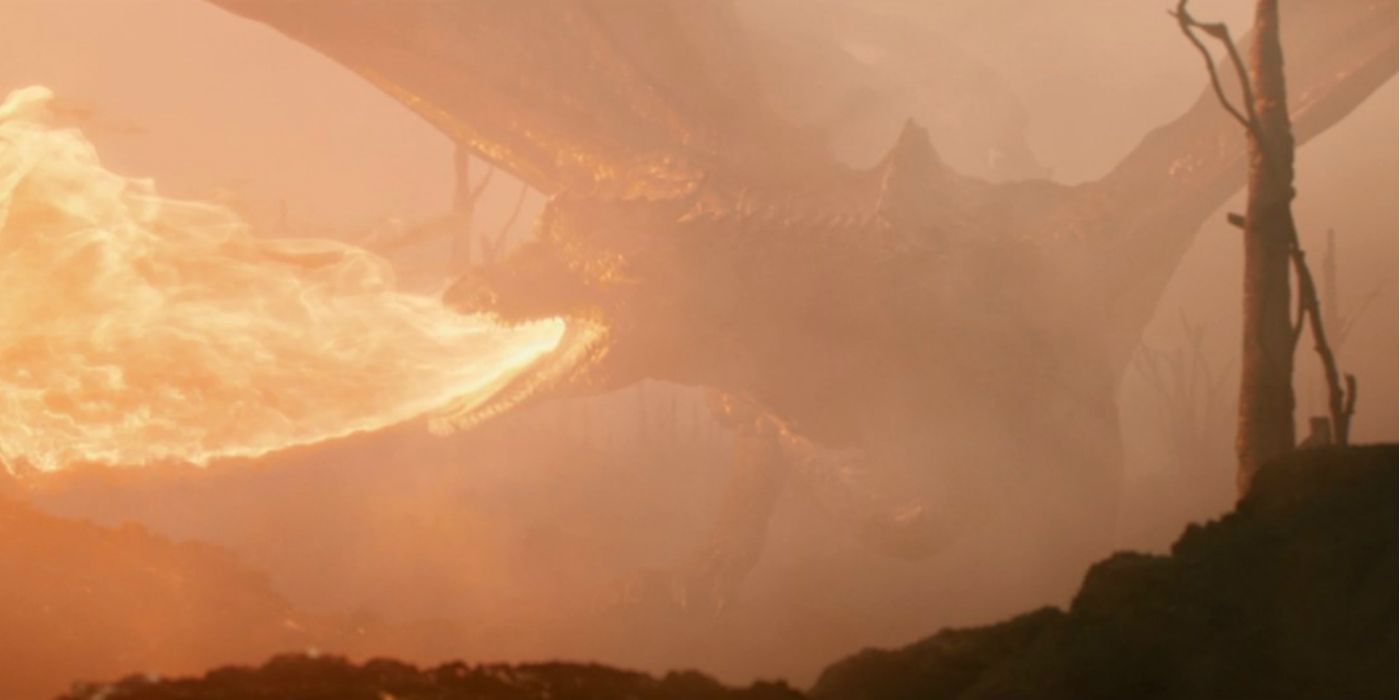
One of the most striking scenes in Tolkien shows J.R.R. Tolkien peering over the side of a trench – and seeing a vision of a dragon, which gradually morphed into German soldiers using flamethrowers. Karukoski has confirmed that this isn’t intended to foreshadow Smaug; it would be years before Tolkien came up with that creature. Rather, it points to the author’s longstanding preoccupation with dragons, and to the legendary Fafnir. As he noted:
“So the dragon, of course, is Fafnir. It’s the story of Fafnir, it’s not Smaug or Glaurung from the Silmarillion. It’s Fafnir and his mind of a dragon, which is a mythological creature that represents your biggest fear. In this case it’s losing your friends and losing your love, so he’s confronting his biggest fear in that world. You have to go into the emotions, into what the character is feeling, and in that emotion he sees – because he has the mind of a genius – inspiration and elements, sketches of a painting that he later uses. It works, hopefully, because it’s intertwined with the emotion he’s feeling and isn’t just as a fantasy element in an action sequence.”
Interestingly, while the Battle of the Somme may not have directly inspired Smaug in The Hobbit, most scholars believe it was the direct inspiration for the Fall of Gondolin. In that story, the dark lord Morgoth besieges the Elven city of Gondolin with huge destructive machines in the form of serpents and dragons, akin to the tanks and flamethrowers of the First World War.
